Content on this page:
Content on this page:
Principles of Therapy
The goals in treating patients with osteoarthritis include reducing joint pain and stiffness, maintaining and improving joint mobility, decreasing physical disability, improving quality of life, limiting the progression of joint damage, and keeping the patients knowledgeable on the nature of their disease and management. Non-pharmacological therapy is used together with pharmacotherapy to decrease pain and improve functioning and quality of life. Lastly, mobility, physical activity, and exercise should be included in the patient’s postoperative care.
Pharmacological therapy
Pharmacological
therapy should be individualized. Drug therapy for pain management is most
effective when combined with non-pharmacological therapy. Symptom management is
achieved with pain medications which lead to reduction in pain and to improvement in functional status and disability.
The initial management should use agents with the least potential for systemic toxicity or exposure, taking into consideration the patient's medical status and preference. Combination therapy may be considered if the patient has an inadequate response to monotherapy. The patient should be regularly assessed, and the treatment regimen adjusted based on the patient’s response.
Topical Analgesics
Topical analgesics are used as an adjunctive treatment in patients with knee or hand osteoarthritis who have mild to moderate pain but do not respond to symptomatic slow-acting drugs for osteoarthritis and/or Paracetamol and do not want to use systemic therapy. It is not recommended for hip osteoarthritis.
Topical NSAIDs have similar efficacy to oral NSAIDs in treating patients with osteoarthritis pain as shown by clinical trials. They produce a high concentration of the drug at the local site with reduced systemic side effects. They are recommended for knee (strongly recommended) or hand osteoarthritis (conditionally recommended) as one of the initial managements. For patients ≥75 years of age, it is recommended to use topical NSAIDs rather than oral NSAIDs.
Capsaicin cream causes depletion of substance P neuropeptide causing a decreased sensation in the local area. It may be considered as an adjunctive treatment for knee (conditionally recommended) and/or hand osteoarthritis.
Salicylate-containing products have a short-term benefit in decreasing pain by increasing local blood flow.
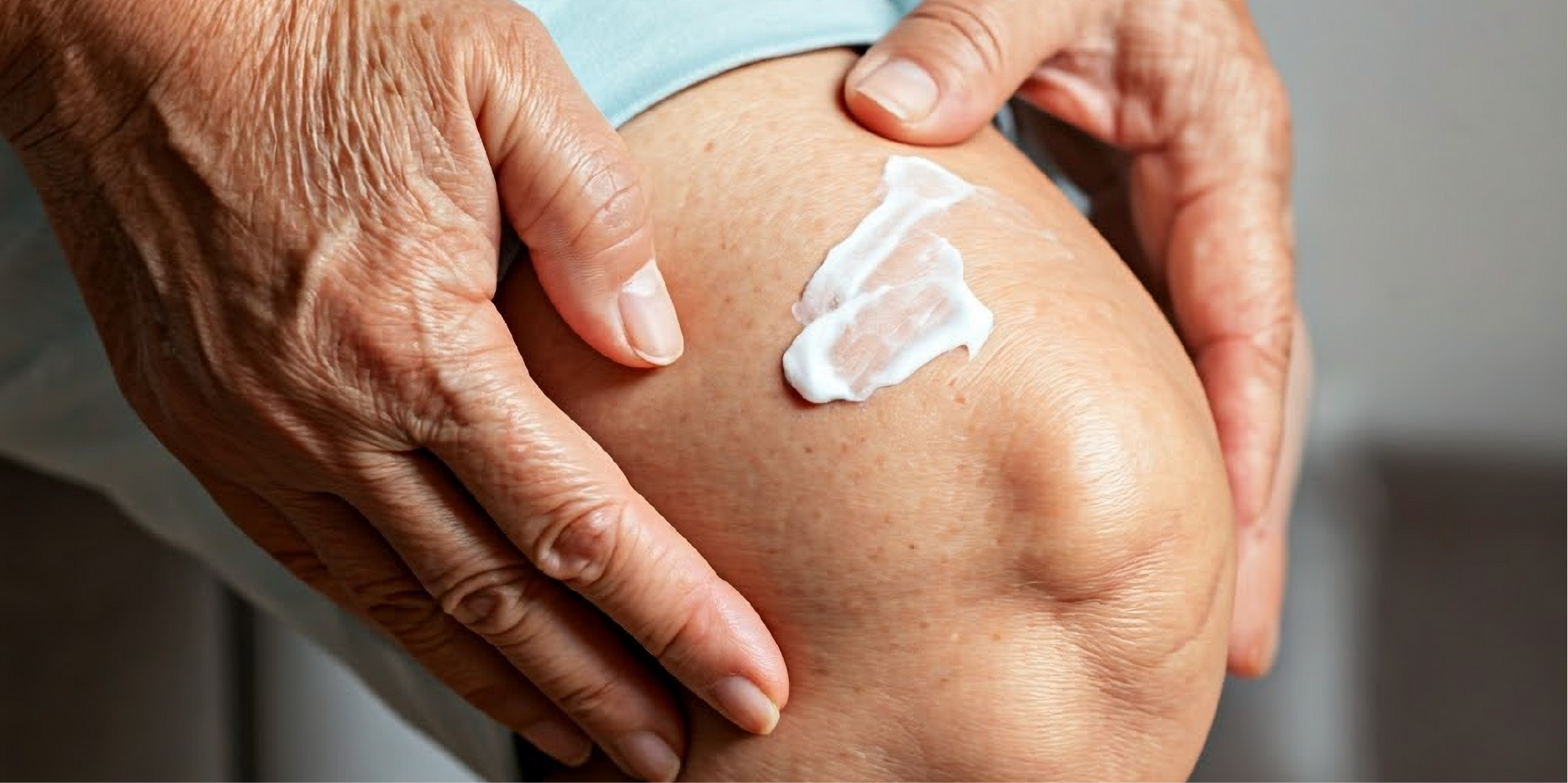 Osteoarthritis_Management 1
Osteoarthritis_Management 1Oral Analgesics
Paracetamol (Acetaminophen)
Paracetamol is an oral non-opioid analgesic of choice for patients with mild to moderate pain due to its safety and efficacy profile. It should be considered first prior to using NSAIDs or opioids. It is the drug of choice for analgesia in patients with impaired renal function.
Paracetamol is a pure analgesic with no disease-modifying property. It is the preferred analgesic drug for long-term use but should be used with caution in patients with liver impairment. The lowest clinically effective dose should be used due to its relative hepatic toxicity.
Nonsteroidal Anti-inflammatory Drugs (NSAIDs)
Example drugs: Acetic acid derivatives: Aceclofenac, Acemetacin, Diclofenac, Etodolac, Indomethacin, Proglumetacin, Sulindac, Tolmetin; Coxibs: Celecoxib, Etoricoxib; Fenamic acid derivatives: Meclofenamate, Mefenamic acid; Oxicam derivatives: Lornoxicam, Meloxicam, Piroxicam, Tenoxicam; Propionic acid derivatives: Dexibuprofen, Dexketoprofen, Fenbufen, Fenoprofen, Flurbiprofen, Ibuprofen, Ketoprofen, Loxoprofen, Naproxen, Tiaprofenic acid; Other NSAIDs: Diflunisal, Nabumetone, Nimesulide
NSAIDs are used for treating acute pain due to their anti-inflammatory and anti-nociceptive effects and have no disease-modifying effect. Oral NSAIDs are strongly recommended for patients with hand, knee, and/or hip osteoarthritis, if without contraindications, for the reduction of pain and improvement of function.
They are given to symptomatic patients when background therapy with crystalline Glucosamine sulfate and add-on topical NSAIDs and/or Paracetamol are insufficient or ineffective in initially relieving osteoarthritis pain. A combination with Paracetamol is effective in managing pain with a lower NSAID dose.
NSAIDs are alternatives to Paracetamol for managing osteoarthritis pain due to its relative toxicity. Any NSAID monotherapy may be used if the patient is at low risk for both gastrointestinal and cardiovascular diseases.
For patients at high risk for cardiovascular diseases but with low gastrointestinal risk, Naproxen or COX-2-selective NSAIDs may be considered. Celecoxib is preferred over non-selective NSAIDs for its lesser adverse effects.
For patients at high risk for gastrointestinal disease but with low cardiovascular risk, COX-2-selective NSAID alone or non-selective NSAIDs in combination with a proton pump inhibitor (PPI) may be considered.
In patients with both high cardiovascular and gastrointestinal risks or with frailty, NSAID therapy should be deferred.
NSAIDs should be used for the shortest possible period at the lowest effective dose. Increase to full anti-inflammatory doses only if lower doses do not provide adequate symptomatic relief. Other analgesics should be considered before adding or substituting an NSAID or COX-2 inhibitor (with concomitant PPI) if the pain relief is insufficient or ineffective in patients with osteoarthritis who need to take low-dose Aspirin.
Drugs for Neuropathic Pain
Example drug: Duloxetine, Gapabentin, Pregabalin
Studies have shown that Duloxetine significantly reduced pain and improved function in patients suffering from pain due to knee osteoarthritis. It is recommended for the treatment of chronic musculoskeletal pain and discomfort caused by osteoarthritis.
It is conditionally recommended for patients with hand and/or hip osteoarthritis, knee osteoarthritis who had treatment failure after initial therapy, and symptomatic knee osteoarthritis patients who had an inadequate clinical response after non-pharmacologic and pharmacologic treatment who are unwilling or not qualified to undergo TJA. Several studies showed that Pregabalin and Gabapentin reduce pain and improve function in patients with osteoarthritis.
Opioids
Example drugs: Dihydrocodeine, Oxycodone, Tramadol
Opioids have limited clinical benefit and are associated with significant adverse events. Acute pain can often be managed without opioids. Three days or less and not greater than 7 days will often be sufficient for opioid prescription due to safety and potential dependency concerns.
Opioids are recommended in patients with moderate to severe osteoarthritis pain who have failed to respond to or are unable to tolerate pharmacologic and non-pharmacologic treatments and are unwilling or unqualified to undergo total joint arthroplasty.
Non-narcotic opioids may be combined with Paracetamol to provide a similar analgesic effect and if used for acute pain, the lowest possible effective dose and the exact quantity of immediate-release opioids should be prescribed.
Narcotic opioids may be an option in managing patients with inadequate response or contraindications to other analgesics. They may cause central nervous system depression or addiction and lacks disease-modifying properties. Hence, potential for addiction should be discussed with the patient. Tramadol is conditionally recommended over other opioids for hand and/or hip osteoarthritis.
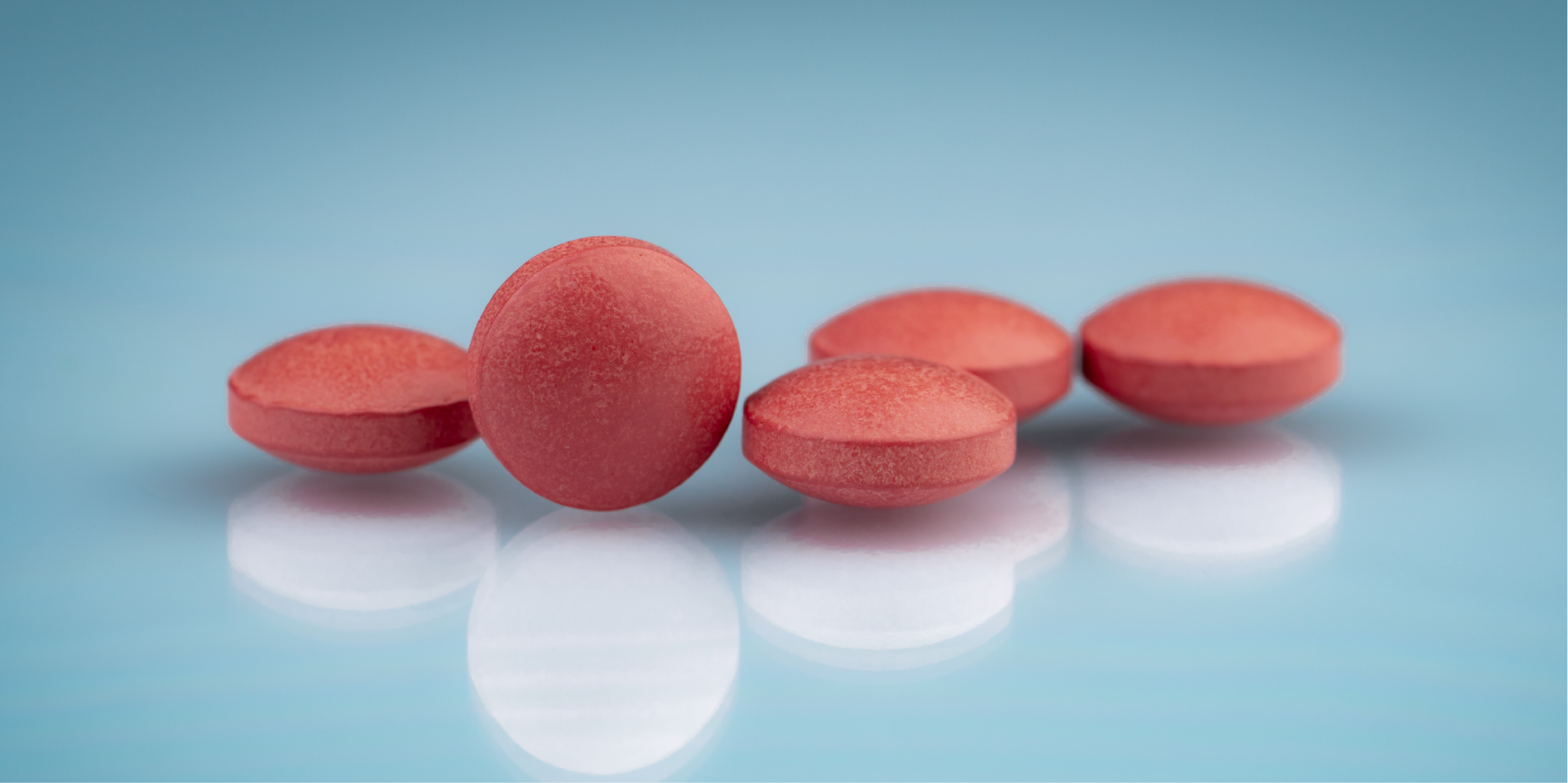 Osteoarthritis_Management 2
Osteoarthritis_Management 2Symptomatic Slow-acting Drugs for Osteoarthritis
Chondroitin and Glucosamine are naturally present in the articular cartilage that act on its formation and repair. They are suggested as a disease-modifying osteoarthritis drug by some clinical studies. They require 4-12 weeks of therapy before symptom improvement is noted. They should be discontinued after six months of use if no apparent response is noted.
Use only pharmaceutical-grade prescription Chondroitin and Glucosamine for knee osteoarthritis. Crystalline Glucosamine sulfate formulation has been shown to consistently improve pain and function in patients with knee osteoarthritis. Glucosamine/Chondroitin combination may have variable pharmaceutical quality, but some trials have shown efficacy in patients with knee osteoarthritis. Chondroitin sulfate is conditionally recommended for hand osteoarthritis.
Diacerein is metabolized to Rhein, and it stimulates prostaglandin E2 synthesis while inhibiting the production of interleukin-1. A clinically modest but statistically significant improvement in pain resulting from knee and/or hip osteoarthritis was observed. It is associated with gastrointestinal-related adverse events.
Avocado-soybean unsaponifiables (ASU) are a combination of ⅓ avocado oil and ⅔ soya oil and are used as a dietary supplement. They possibly reduce pain and stiffness during walking and other daily activities and improve joint function in patients with knee and/or hip osteoarthritis.
Intra-articular Injections
Intra-articular injections are indicated only if non-pharmacotherapy and systemic therapies have failed or are contraindicated. Intra-articular injections of the hip are often done under ultrasound or fluoroscopic guidance which increase cost and resource utilization.
Corticosteroids
Corticosteroids are indicated for fast and short-term (2 to 4 weeks) relief of pain and swelling of joints, and improvement of function. They are strongly recommended for patients with knee (with effusion or synovitis) and/or hip osteoarthritis and are conditionally recommended for hand osteoarthritis.
Synovial fluid is first aspirated from the joint to reduce swelling and it allows a higher concentration of the drug at the site of action with a lower risk of systemic side effects. Large joints should not be injected for more than 3 times a year and smaller joints for more than 4 times a year. The interval of injections to the same joint should not be shorter than 3 months.
Hyaluronic acid
Hyaluronic acid is a naturally occurring substance that contributes to the elasticity and lubrication of synovium and cartilage within the joints. Joint homeostasis is re-established through the endogenous production of Hyaluronic acid.
It is currently indicated as a viscoelastic supplementation and conditionally recommended for the treatment of knee osteoarthritis without effusion but not recommended for hip or polyarticular osteoarthritis. It is associated with pain improvement at and beyond 12 weeks and showed a favorable long-term safety profile.
Nonpharmacological
Patient Education
Teach
patients about their disease and encourage them to participate in
self-management programs. Aim to increase patient compliance to treatment and
manage psychosocial impacts of disease such as anxiety, depression, or
helplessness. Self-efficacy and self-management programs are strongly
recommended for patients with hand, knee, and/or hip osteoarthritis. Educate patients about their increased risk
for falls and how to prevent or minimize it, and the increased risk of medical and
postoperative complications after total joint arthroplasty (TJA) due to their
elevated body mass index (BMI). Encourage the patient to adhere to non-pharmacological
management.
Lifestyle Modification
Exercise
Examples: Local muscle strengthening, resistance training, aerobic or flexibility exercises
Exercise is strongly recommended in the management strategy of patients with hand, knee, and/or hip osteoarthritis for both prevention and treatment of symptoms. It helps improve physical functioning and reduce pain in patients with knee osteoarthritis through increased muscle strength, range of motion, aerobic capacity, and endurance. It should be individualized according to the patient’s needs, abilities, and preferences and the availability of facilities.
Exercise improves general physical health, reduces the risk of the development of chronic diseases, and helps with weight control. It may also improve the patient’s overall quality of life through its psychological and social benefits.
High-quality evidence from different studies shows that exercise therapy reduces pain and improves function immediately after treatment for hip or knee osteoarthritis. Guidelines have strongly recommended strengthening, walking, neuromuscular training, and aquatic exercises for patients with osteoarthritis of the knee and hip.
Land and aquatic exercises are both recommended for patients with symptomatic knee and hip osteoarthritis. The choice between land and aquatic exercises depends on the patient’s preference and ability. Aquatic exercises are preferred for patients with hip osteoarthritis because of lesser stress on the joints due to buoyancy.
Several studies have shown pain and function improvement in patients practicing tai chi or yoga.
Weight Reduction
Patients
with symptomatic osteoarthritis, especially of the knee and/or hip, should be
encouraged to lose ≥5% of their body weight and maintain their weight at a
lower level with an appropriate program of dietary modification and exercise. Patients
with elevated BMI have an increased risk of postoperative adverse events after
total hip arthroplasty. Weight reduction may help reduce the cumulative load on
the lower extremity joints.
Other Therapy
Physical Therapy
Examples: Range of motion exercises, soft tissue mobilization, muscle strengthening, flexibility, and stretching
Physical therapy may be employed in addition to active exercise programs that aim to relieve pain and stiffness, correct malalignment and instability, and improve joint movement and overall function. Balance training is conditionally recommended for patients with knee and/or hip osteoarthritis.
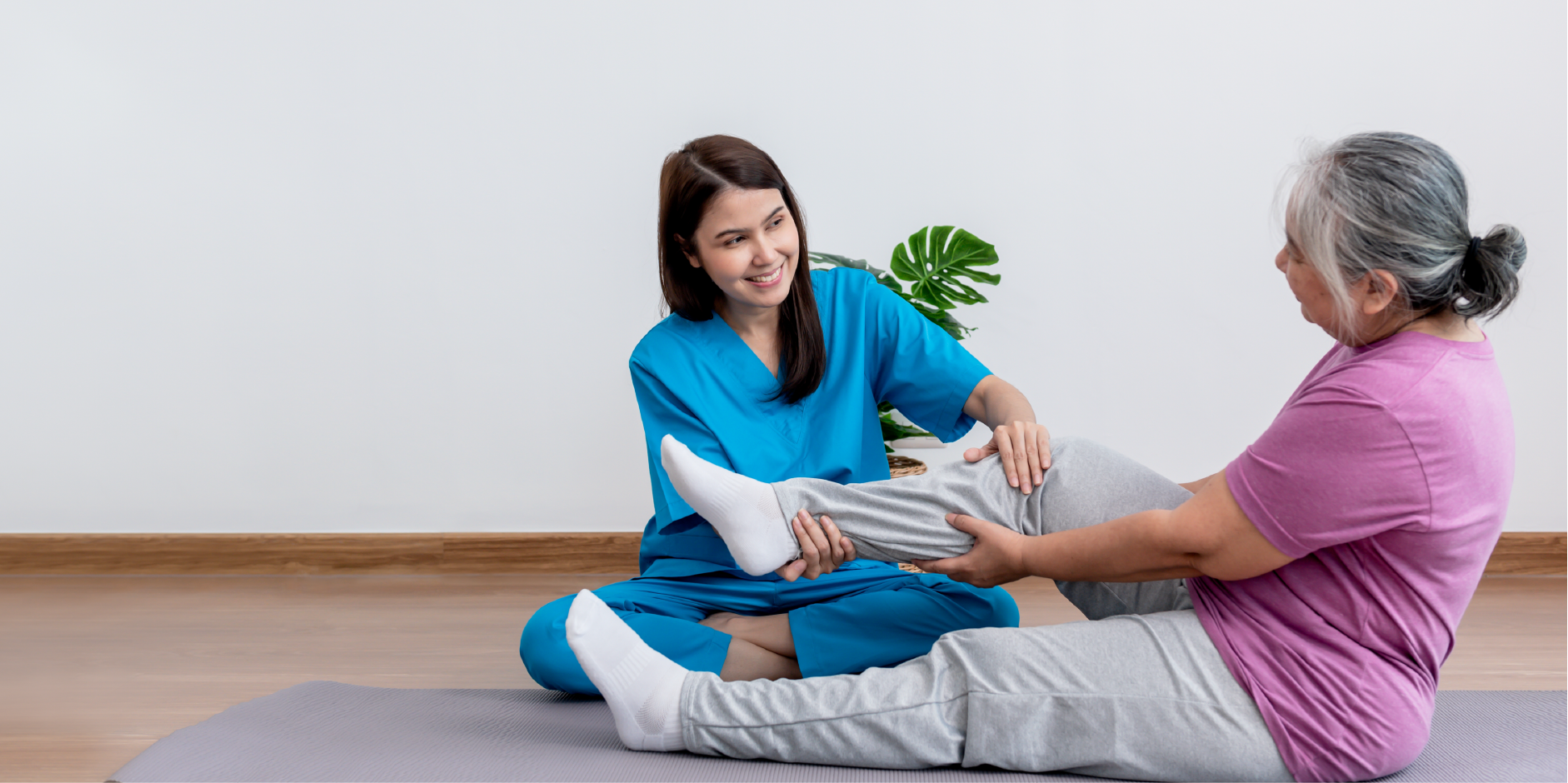 Osteoarthritis_Management 3
Osteoarthritis_Management 3Thermotherapy
Thermotherapy is an adjunctive treatment that is conditionally recommended for hand, knee, and/or hip osteoarthritis. It involves the local application of heat or cold to manage symptoms of osteoarthritis of the hand, knee, and hip.
Cold therapy is most effective during the acute flare of osteoarthritis which reduces inflammation and pain and blocks nerve impulses and muscle spasms to the joint. It is applied in the affected area for 20 minutes, 5 days per week for 2 weeks.
Heat therapy applied for 15-20 minutes may reduce pain and stiffness by promoting relaxation, joint flexibility, and blood flow to the joint. Paraffin is conditionally recommended for hand osteoarthritis.
Mechanical Interventions
Assist Devices
Jar openers, key turners, and pull tabs are recommended for patients with hand osteoarthritis.
Hand Orthosis
Neoprene or rigid orthoses for the first CMC joint osteoarthritis are strongly recommended. Orthoses for other hand joints are conditionally recommended. Splints are conditionally recommended for patients with trapeziometacarpal joint osteoarthritis.
Knee Braces
They maintain the joint in a fixed position and alter the loading pattern to minimize the joint load. Knee braces may be used to improve function, pain, and quality of life in patients with knee osteoarthritis. They may increase stability, support weak muscles and joints, and redistribute weight load to the joint. They may also help decrease the risk of falling.
A tibiofemoral (TF) brace is strongly recommended for TF osteoarthritis while a patellofemoral (PF) brace is conditionally recommended for PF osteoarthritis.
Taping
Patellar taping may be used for short-term, intermittent treatment of knee osteoarthritis by stabilizing the knee joint and distributing stress and joint pressure. Medially directed patellar taping is recommended for knee osteoarthritis. Kinesio taping allows joint range of motion and is conditionally recommended for hand (first CMC joint) and/or knee osteoarthritis.
Walking Aids
A cane is strongly recommended for patients with knee and/or hip osteoarthritis wherein ≥1 affected joints cause pain or affect ambulation or joint stability.
Wedge Insoles
Wedge insoles may be considered an adjunctive treatment to provide pain relief and improve ambulation in patients with knee and/or hip osteoarthritis. Medially wedged insoles are conditionally recommended for patients with lateral compartment osteoarthritis. Based on clinical trials, there are no clinical benefits found in the use of lateral wedge insoles as a treatment for pain in medial knee osteoarthritis.
Alternative Therapy
Acupuncture
Acupuncture is conditionally recommended for hand, knee, and/or hip osteoarthritis. It may be used as an adjunctive treatment for symptomatic relief of pain and improvement of knee function by triggering the endogenous opioid pathways. It is used for knee osteoarthritis patients with chronic moderate to severe pain who are unwilling or not qualified for knee arthroplasty.
Cognitive Behavioral Therapy (CBT)
CBT is conditionally recommended for hand, knee, and/or hip osteoarthritis as there is limited evidence that suggests CBT may decrease osteoarthritis pain.
Extracorporeal Shockwave Therapy
Extracorporeal shockwave therapy may be considered an adjunctive treatment to improve pain and function in patients with knee osteoarthritis.
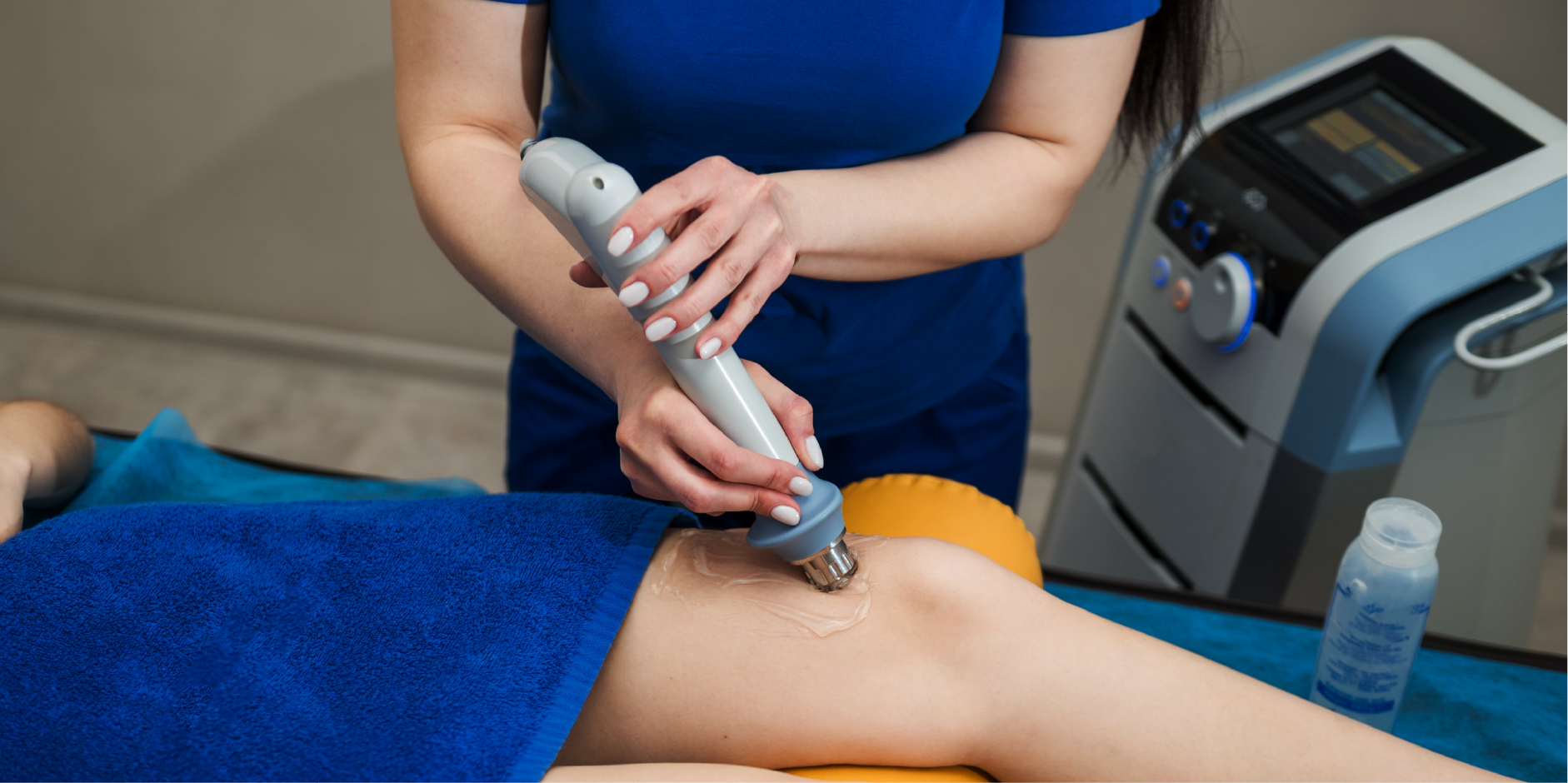 Osteoarthritis_Management 4
Osteoarthritis_Management 4Laser Treatment
The United States Food and Drug Administration (US FDA)-approved laser treatment may be considered as an adjunctive treatment to improve pain and function in patients with knee osteoarthritis. It is also being utilized in Asian countries (eg China, India, Malaysia, Philippines). It utilizes non-thermal laser light to produce therapeutic photobiomodulatory effects such as decreased inflammation, increased pain tolerance, and tissue healing. It may be considered in conjunction with other treatment modalities (eg acupuncture, exercise). Its application varies based on several factors, including wavelength, energy density, power output, and radiation duration.
Manual Therapy
Examples: Stretching, mobilization or manipulation, manual traction, massage
Manual therapy may be considered an adjunctive treatment for knee and/or hip osteoarthritis.
Percutaneous Electrical Nerve Stimulation (PENS) or Pulsed Electromagnetic Field (PEMF) Therapy
PENS may be considered an adjunctive treatment to improve pain and function in patients with knee osteoarthritis. It is a minimally invasive intervention which involves the insertion of very thin needles.
PEMF devices are safe and may be used to reduce pain and inflammation in patients with knee osteoarthritis.
Radiofrequency Ablation
Some studies have shown potential analgesic effect but data on long-term safety is lacking for radiofrequency ablation. It is conditionally recommended for knee osteoarthritis.
Transcutaneous Electrical Nerve Stimulation (TENS)
TENS may be considered an adjunctive treatment for pain relief in patients with osteoarthritis. It is a non-invasive therapy that relieves pain by inhibiting the transmission of painful stimuli. It provides short-term relief of osteoarthritis knee pain, reduces stiffness, and improves range of motion. Its effects last for 4 weeks.
Surgery
Patients with severe symptomatic osteoarthritis
who have no improvement with medical therapy and with progressive limitation in
daily activities should be referred to an orthopedic
surgeon for evaluation and management. The decision-making process should be
shared between the physician and the patient as to the particular surgical approach
or
to when to proceed with TJA, including risks and benefits of the procedure.
For
patients with symptomatic moderate to severe osteoarthritis or advanced osteonecrosis with
secondary arthritis with
inadequate response to non-operative
therapy, the following are
conditionally recommended for determining the optimal timing of elective total
hip or knee arthroplasty:
- Total joint arthroplasty should not be delayed:
- To pursue further non-operative treatments including physical therapy, NSAIDs, braces and/or ambulatory aids, and injections (eg intra-articular glucocorticoid or viscosupplementation)
- To achieve weight loss in patients with obesity (a set weight or BMI should not be required for surgery)
- To optimize non-life-threatening conditions in patients with bone loss, severe deformity, or neuropathic joint
- Total joint arthroplasty may be
delayed:
- To achieve nicotine reduction or cessation in patients with nicotine dependence
- To improve glycemic control in patients with poorly controlled diabetes mellitus (DM); a specific measure or threshold of glycemic control is not recommended
Arthroscopic Debridement
Some
studies have shown that arthroscopic debridement provides short-term symptom
relief but has no effect on function and stiffness. It may be useful in
patients with a history of mechanical locking or giving way that may be due to a
meniscal tear or intra-articular loose body in radiographic exams.
Joint Replacement Surgery
Joint
replacement surgery is recommended for patients with severe pain and reduced
function who failed to respond with conservative and pharmacological management.
It may be suggested at the first sign of functional limitation and the presence
of severe pain. It is effective in relieving pain, correcting deformity, and improving
quality of life. It should be based on the severity of pain and disability,
age, and comorbidities of the patient.
Total
knee replacement surgery has shown better long-term efficacy in patients with knee
osteoarthritis than other surgical interventions. It may be considered for
patients on oral NSAIDs whose risk for systemic adverse events is high.
Total
shoulder arthroplasty has shown better short- and mid-term improvement in pain
and function in patients with glenohumeral osteoarthritis than hemiarthroplasty.
The decision to use a cemented versus cementless femoral stem should be
individualized. Cemented
femoral stems in total hip arthroplasty have a lower risk of periprosthetic
fracture particularly in older adult patients.
Unicondylar or Unicompartmental Knee Replacement
Unicondylar
or unicompartmental knee replacement is used when only one of the two major
joint compartments of the knee is severely involved. Its advantages over total
knee replacement include less bone loss at surgery, easier revision when and if
it becomes necessary, and usually has shorter operating time and recovery
period.
Osteotomy
High
tibial osteotomy is an alternative in a young patient with severe medial
compartment osteoarthritis with minimal involvement of the lateral joint compartment
resulting in varus deformity. It delays the need for joint replacement in 10 years
and has only a 25% overall failure rate after 10 years. It is associated with short-term
efficacy in patients with knee osteoarthritis.
Trapiziectomy
Trapiziectomy
is the procedure of choice for the first CMC osteoarthritis.
Finger Arthrodesis or Arthroplasty
Finger arthrodesis or arthroplasty may be considered in
patients with interphalangeal osteoarthritis. Arthroplasty is the recommended procedure
for PIP joints except for PIP-2. Arthrodesis is the recommended procedure for
DIP joints and for PIP-2.
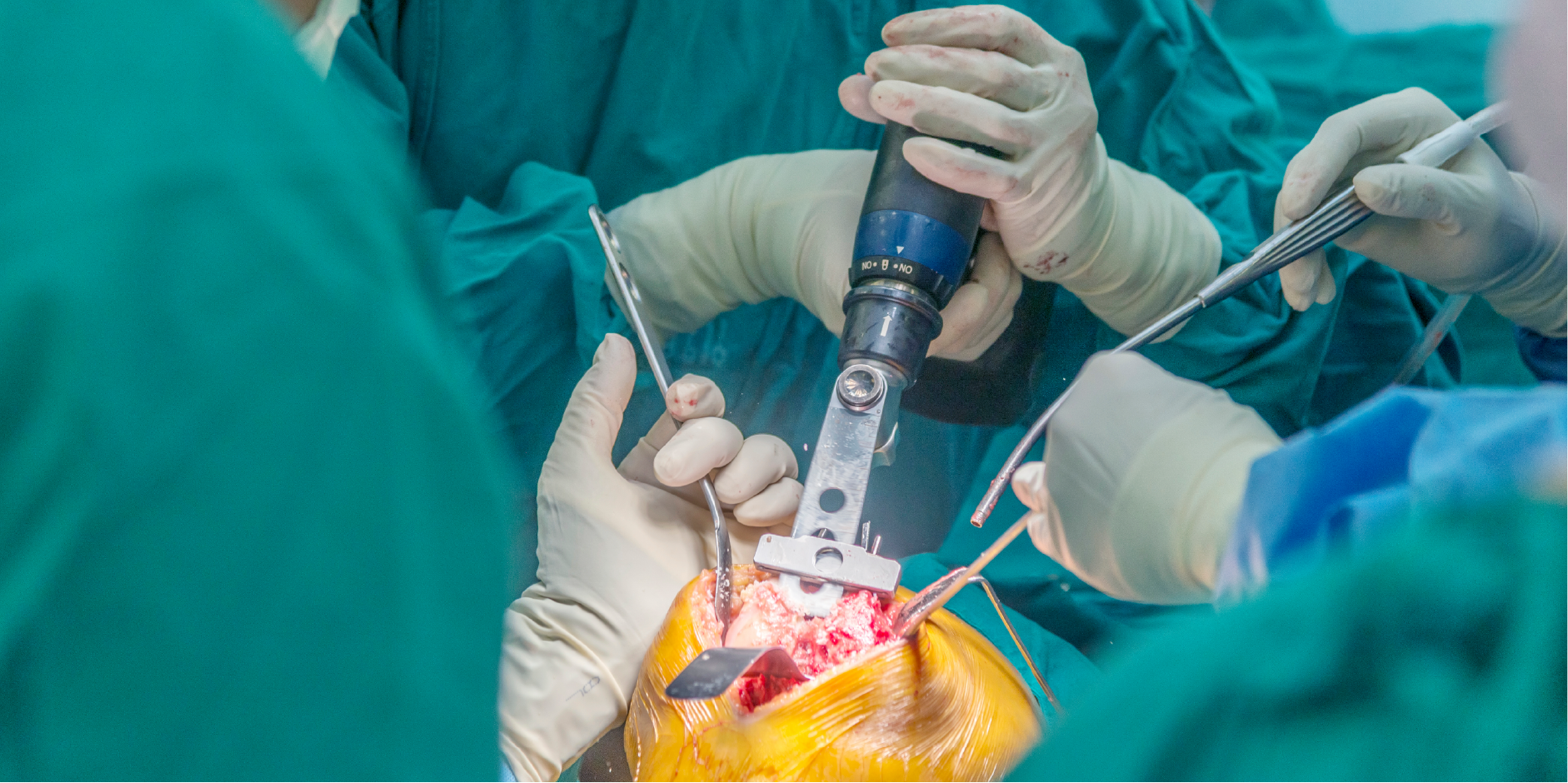 Osteoarthritis_Management
Osteoarthritis_Management